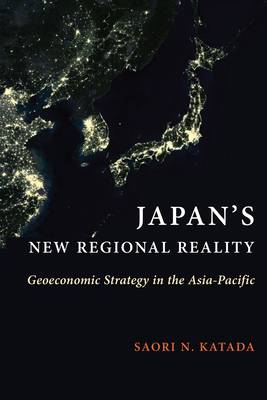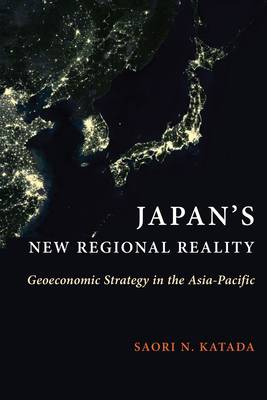
- Retrait gratuit dans votre magasin Club
- 7.000.000 titres dans notre catalogue
- Payer en toute sécurité
- Toujours un magasin près de chez vous
- Retrait gratuit dans votre magasin Club
- 7.000.0000 titres dans notre catalogue
- Payer en toute sécurité
- Toujours un magasin près de chez vous
59,45 €
+ 118 points
Description
Since the mid-1990s, Japan's regional economic strategy has transformed. Once characterized by bilateralism, informality, and neomercantilism, Japanese policy has shifted to a new liberal strategy emphasizing regional institution building and rule setting. As two major global powers, China and the United States, wrestle over economic advantages, Japan currently occupies a pivotal position capable of tipping the geoeconomic balance in the region.
Japan's New Regional Reality offers a comprehensive analysis of Japan's geoeconomic strategy that reveals the country's role in shaping regional economic order in the Asia-Pacific. Saori N. Katada explains Japanese foreign economic policy in light of both international and domestic dynamics. She points out the hurdles to implementing a state-led liberal strategy, detailing how domestic political and institutional changes have been much slower and stickier than the changing regional economics. Katada highlights state-market relations and shows how big businesses have responded to the country's interventionist policies. The book covers a wide range of economic issues including trade, investment, finance, currency, and foreign aid. Japan's New Regional Reality is a meticulously researched study of the dynamics that have contributed to economic and political realities in the Asia-Pacific today, with significant implications for future regional trends.Spécifications
Parties prenantes
- Auteur(s) :
- Editeur:
Contenu
- Nombre de pages :
- 344
- Langue:
- Anglais
- Collection :
Caractéristiques
- EAN:
- 9780231190732
- Date de parution :
- 07-07-20
- Format:
- Livre broché
- Format numérique:
- Trade paperback (VS)
- Dimensions :
- 152 mm x 226 mm
- Poids :
- 498 g

Les avis
Nous publions uniquement les avis qui respectent les conditions requises. Consultez nos conditions pour les avis.






